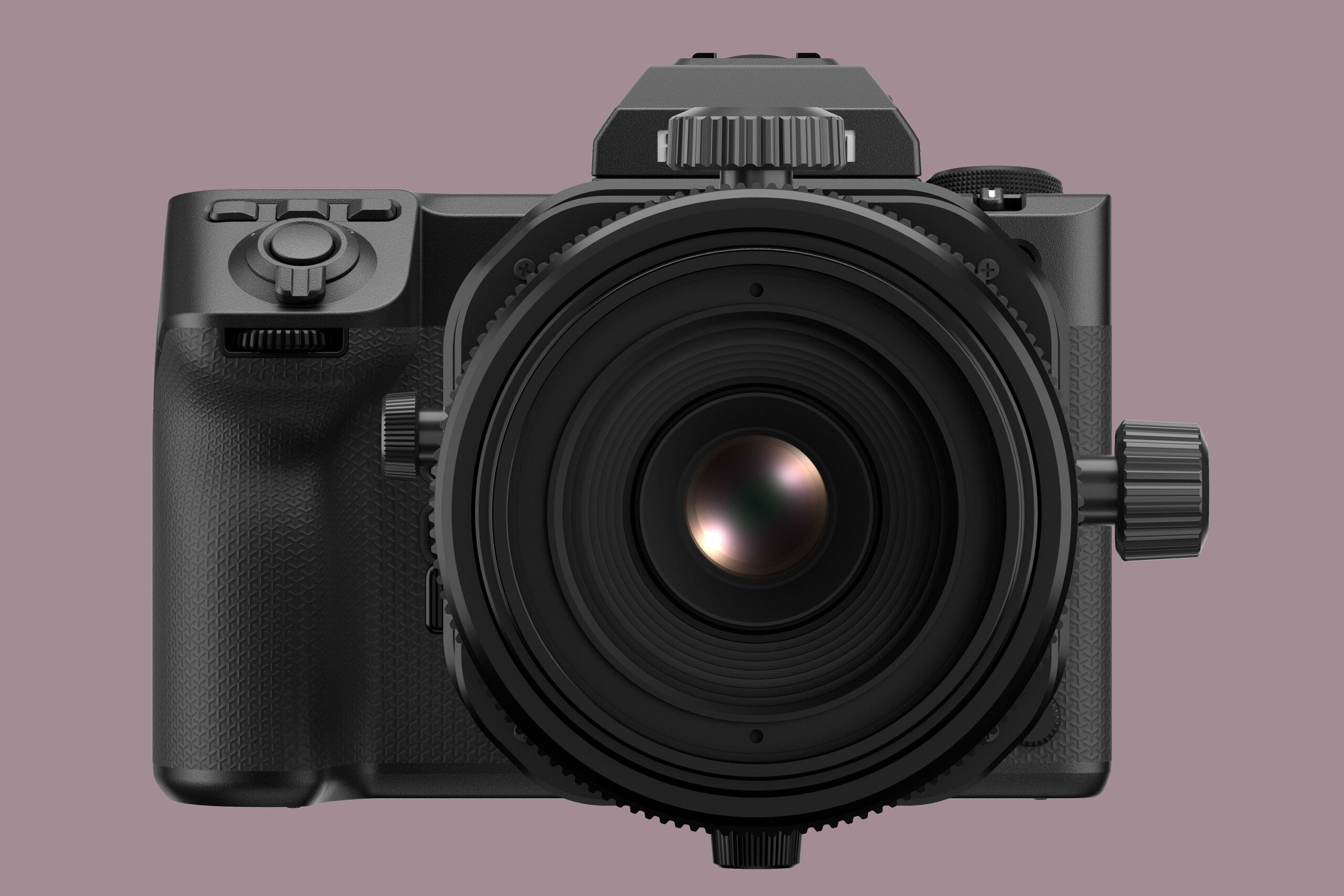Medium format offers the luxury of larger sensors for more light gathering and enhanced bokeh, but one of the downsides is the genre tends to have fewer lens options than full frame. That’s changing for Fujifilm’s GFX series users who now have access to not one but two tilt shift lenses. During the Fuji Summit on Sept. 12, the company released the previously teased Fujifilm GF 30mm f5.6 T/S and GF 110mm f5.6 T/S Macro as well as the new GF 55mm f1.7 R WR.
The Fujifilm GFX Tilt SHift Lenses
Here’s a breakdown
Fujifilm GF 30mm f5.6 T/S key features
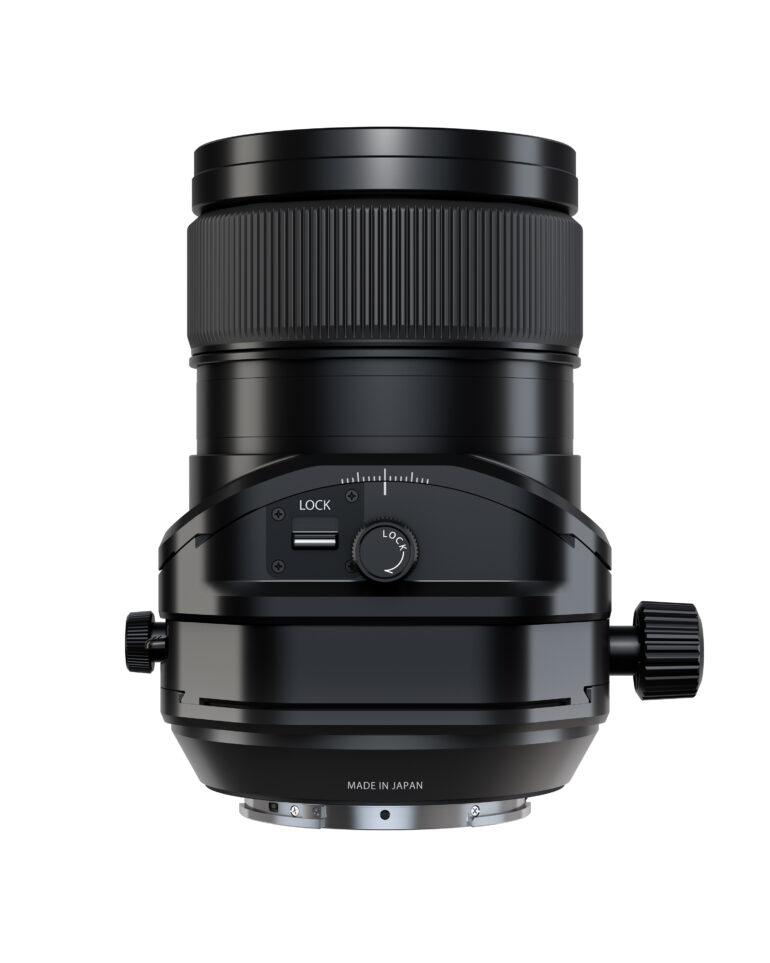
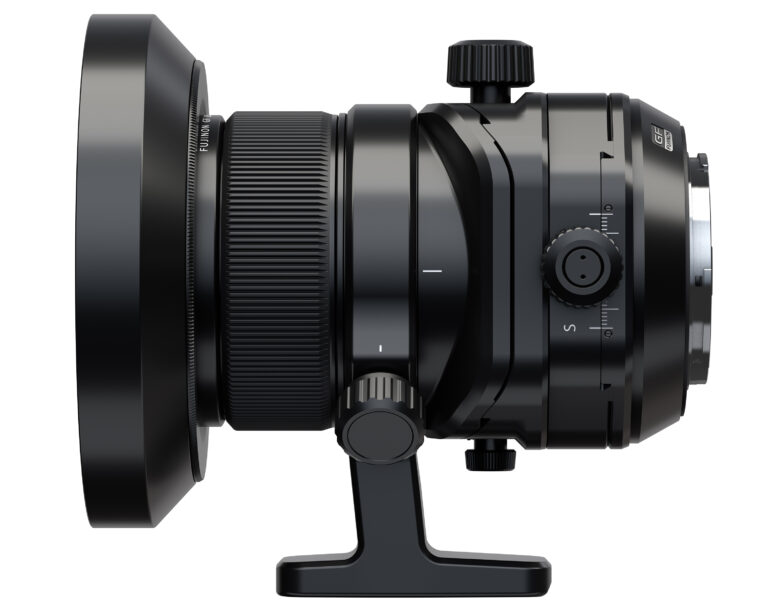
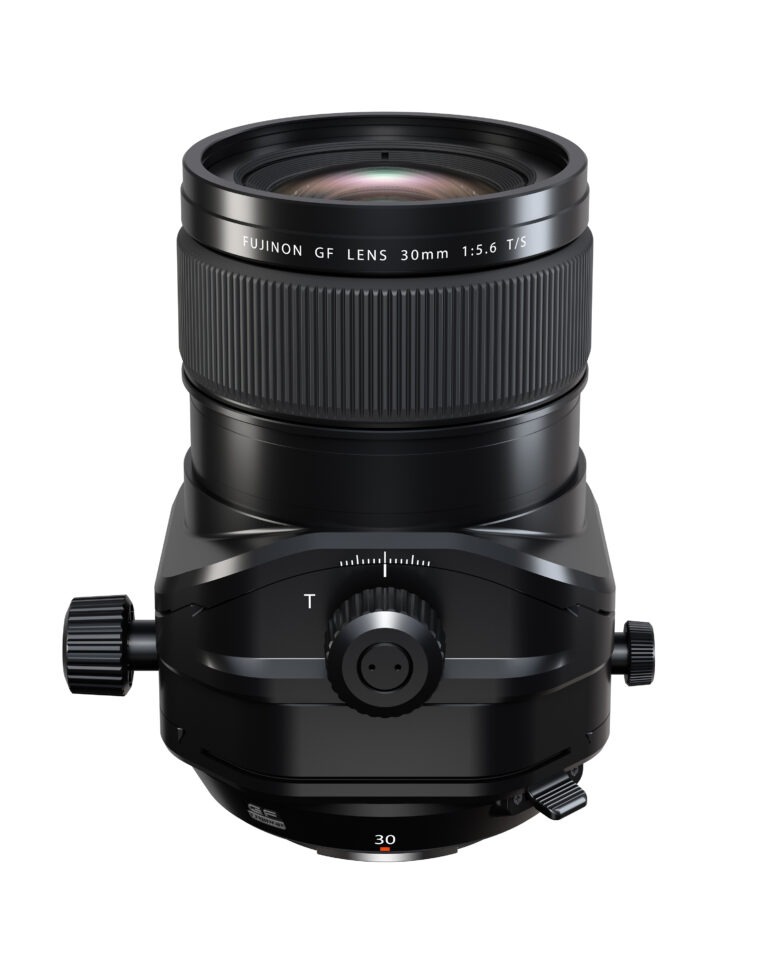
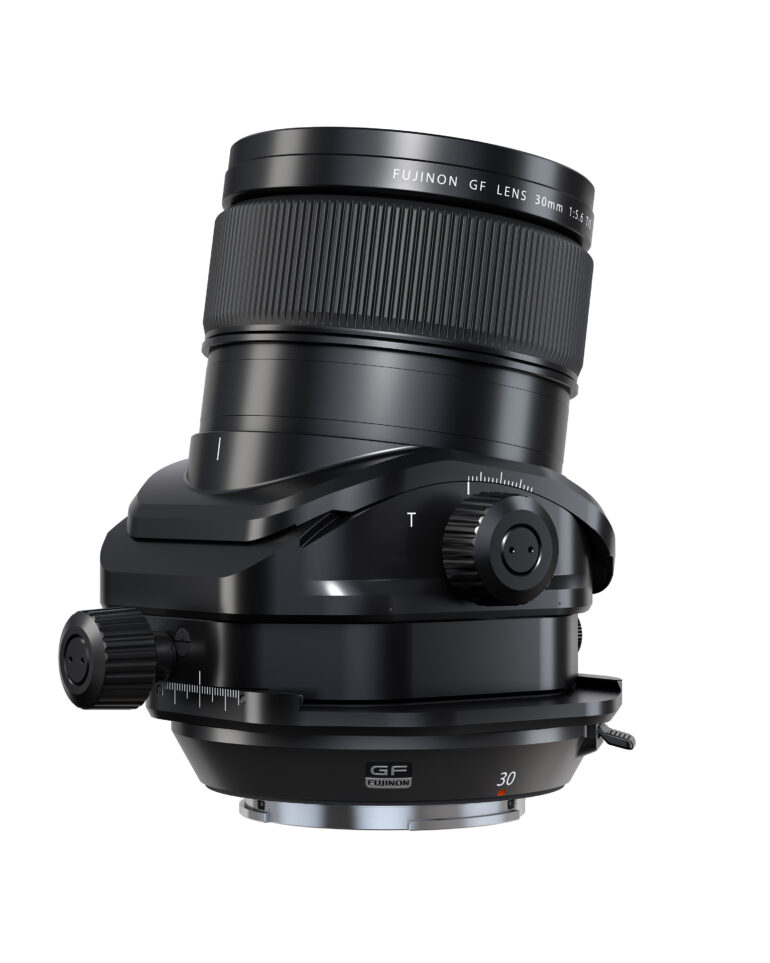
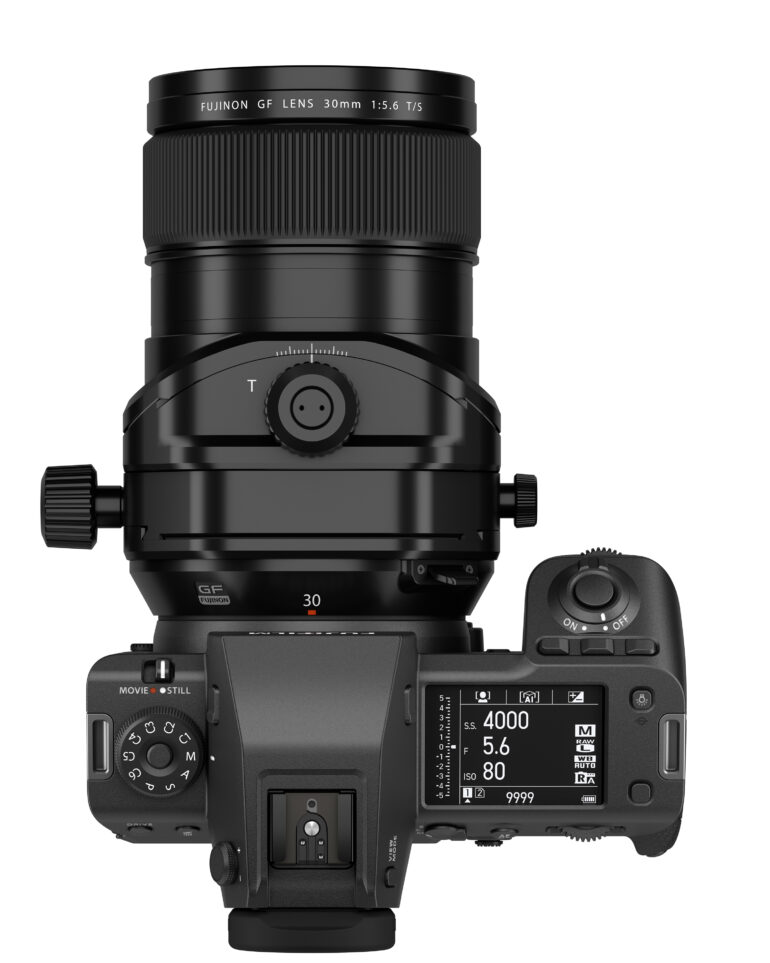
- Range of tilting of ±8.5° and shifting of up to ±15mm, with ±90°
- rotation
- Built with 16 lens elements in 11 groups, with three aspherical elements, two extra low dispersion elements and one Super ED element, plus Fujifilm’s Nano GI coating to reduce ghosting and flare
- A custom tripod collar helps keep the subject in position for stitching multiple images together
- Weighs 2.95 pounds and measures about 5.5 inches long
- 105mm front filter thread
- Shipping later this fall with a retail price of $3,999
Fujifilm GF 110mm f5.6 T/S Macro key features
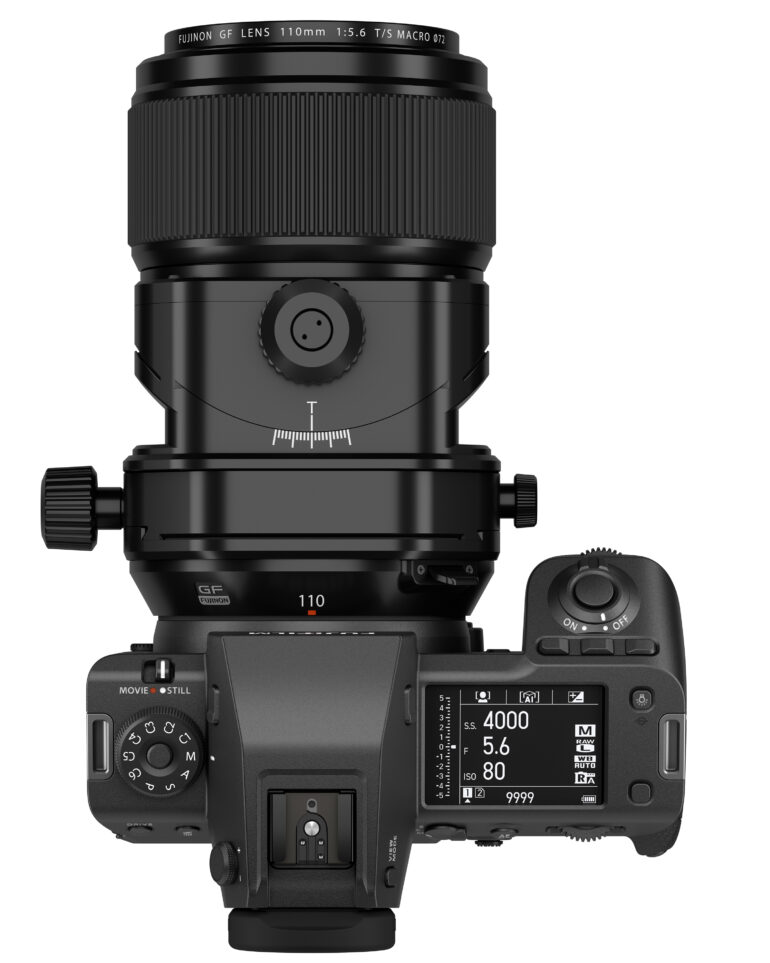
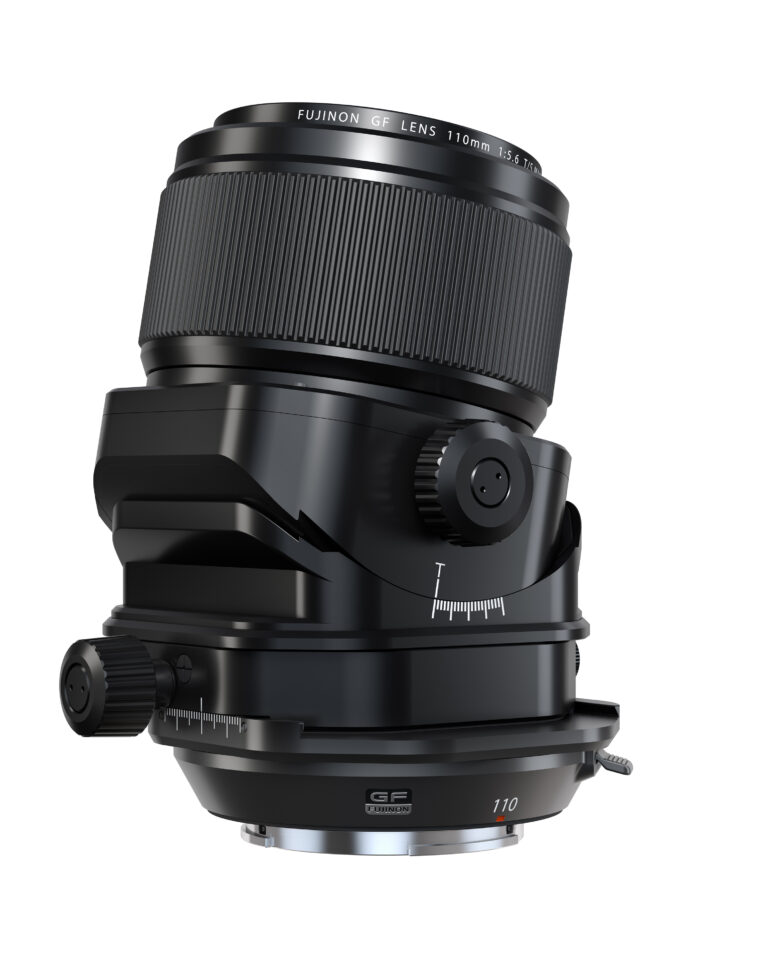
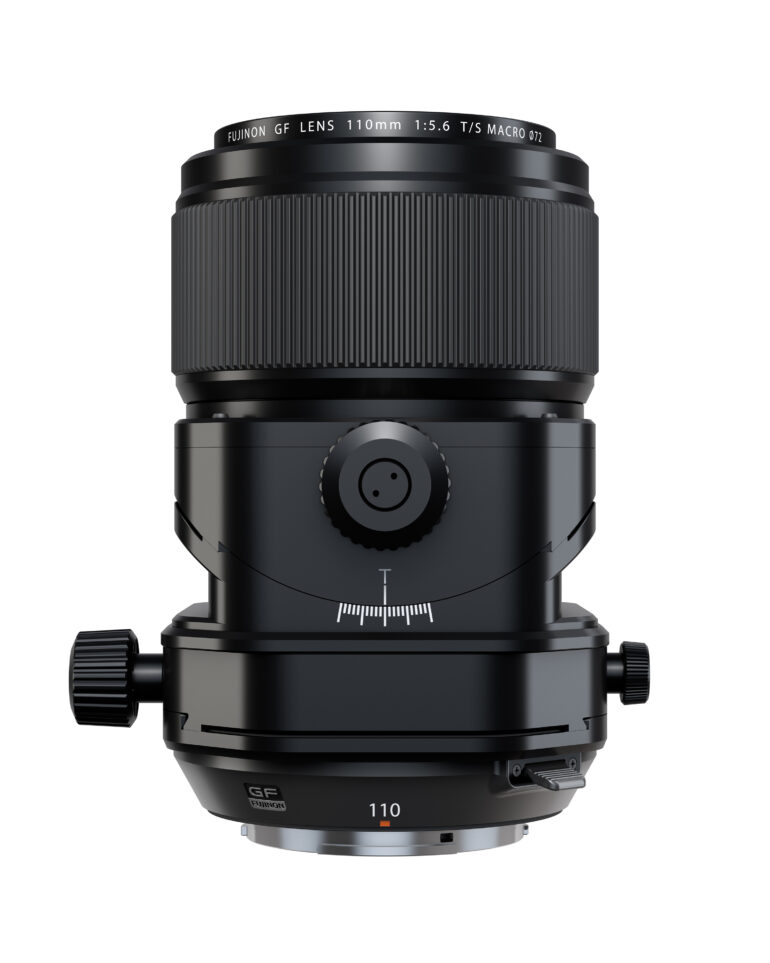
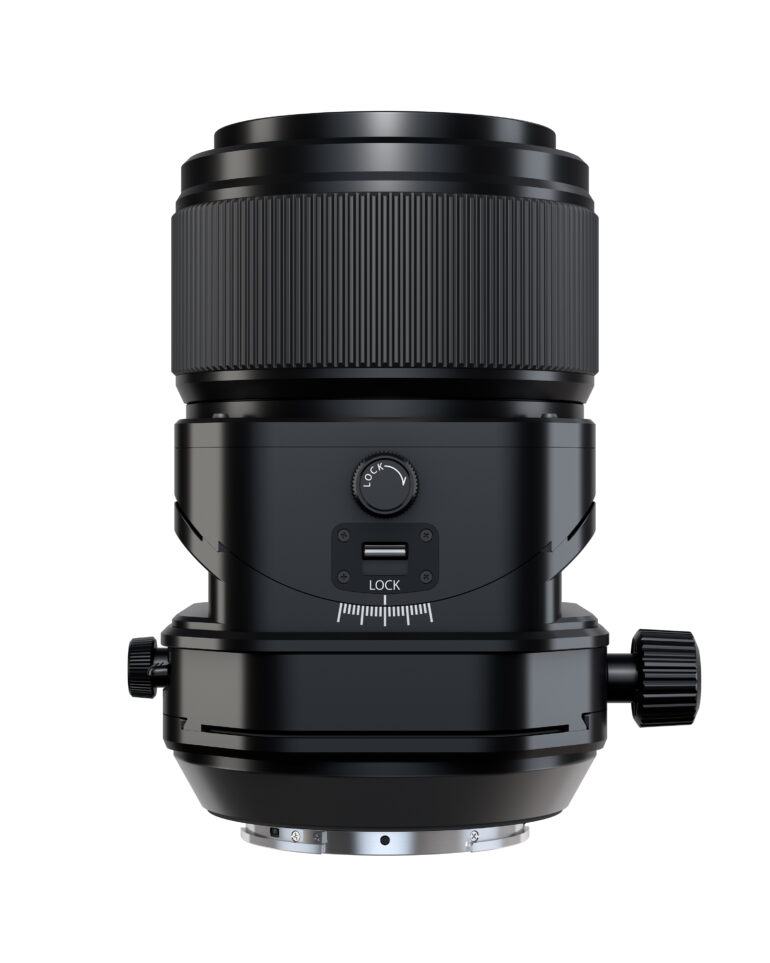
- Maximum magnification of .5x
- Range is tilt up to ±10° and to shift up to ±15mm with ±90° rotation
- 11 elements in nine groups, including one aspherical element and 2 ED elements
- Weighs 2.77 pounds and measures 5.9 inches long
- 72mm front filter thread
- Shipping later this fall with a retail price of $3,499
While tilt-shifts weren’t entirely non-existent on medium format mirrorless cameras, putting one of the specialty lenses on medium format previously required an adapter. Because tilt shift lenses require a larger image circle, some photographers have even adapted full frame tilt shifts to work on medium format, but this limits the range of motion before vignetting becomes irreparable. Fujifilm’s new T/S lenses bring native tilt-shift functionality designed specifically for the GFX system. Fujifilm says the glass opens up more options for architecture, product and commercial photography within the GFX system. The 30mm is geared more towards architecture while the macro capabilities of the 110 is designed for manipulating the focal plane in commercial product photography and still photography. Both lenses were teased at last year’s Fuji Summit event.
Both tilt-shift lenses are designed specifically to work with the larger medium format sensors on GFX bodies. Each glass also uses a sensor that measures how much the lens is tilted. This information is shared both in the Live View on the camera and inside the photograph’s metadata. That could also be a pretty big feature for photographers that are looking to replicate a specific photograph. Both lenses are capable of a plus/minus 15mm shift while the 30mm has a plus-minus 8.5 degree range and the 100mm a 10 degree range.
But, photographers familiar with Fujifilm’s lens names will notice that there’s no WR tacked to the end of the either lens name. That’s because neither lens is weather-sealed. That’s a first for Fujifilm’s GFX lens line. But, with more moving parts, it’s not surprising. Creating a weather seal on a moving lens barrel is a paradoxical challenge. I’m not aware of any tilt shift lenses that feature weather-sealing.
Fujifilm GF 55mm f1.7 R WR
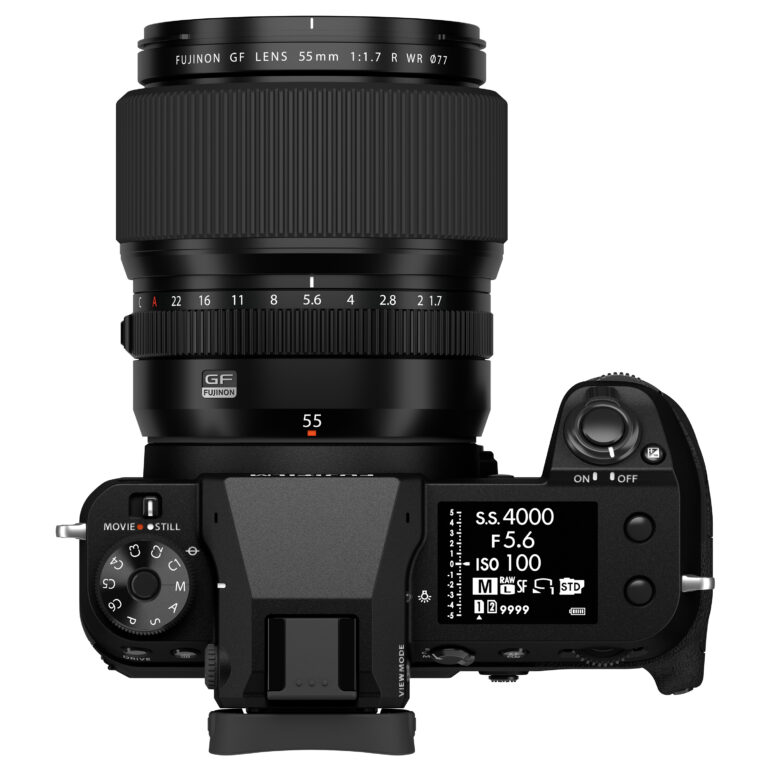
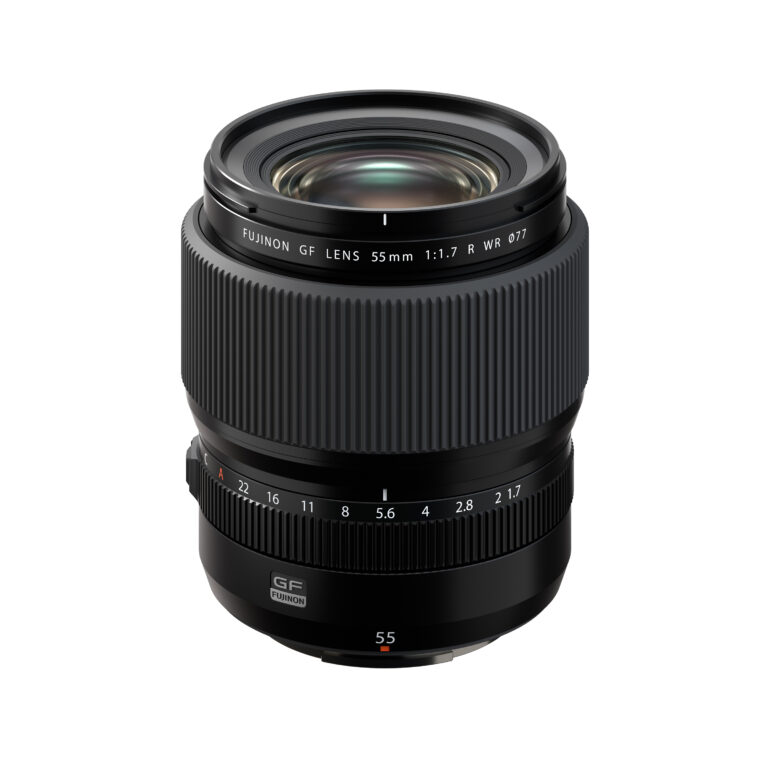
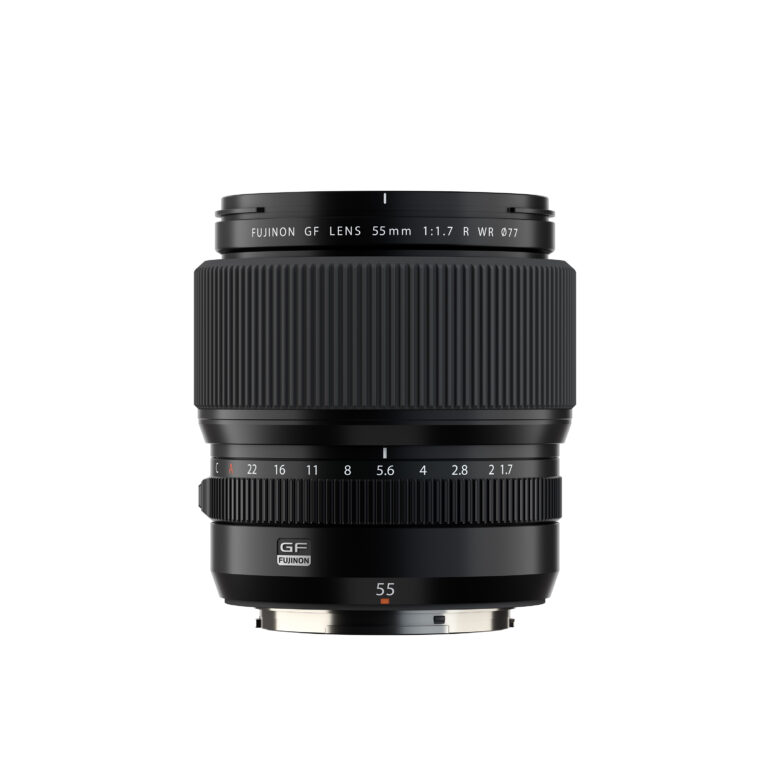
Rather than filling a hole in focal lengths, the new Fujifilm GF 55mm f1.7 R WR brings a wider f1.7 aperture to the company’s medium format options. With its sibling, the GF 80mm f1.7 R WR, the new lens is one of the widest apertures available for the GFX system. The 55mm is equivalent to a 44mm on a full frame system, which gives the new Fujifilm GF 55mm f1.7 a view similar to that of the human eye.
The lens is designed with 14 elements in 10 groups, including aspherical and extra-low dispersion elements, and 11 aperture blades. Fujifilm says that design is made for smooth bokeh in the out-of-focus areas while limiting aberrations. Geared for a wide range of genres, the lens incorporates a direct current or DC motor with a GMR sensor. Fujifilm says this allows for quick and quiet focusing. And unlike the tilt shift lenses, the WR in the name means the lens has weather-resistant seals.
What’s most exciting about the Fujifilm GF 55mm f1.7 R WR is that wide aperture. Medium format cameras are typically purchased specifically for the bokeh and light gathering capabilities. But, creating smaller apertures for those larger lenses is tough to do. The new 55mm, along with the 80mm, should deliver some pretty stunning soft backgrounds. That’s going to make the autofocus performance even more essential however, as the margin for error will be very narrow.
The lens is expected out this fall with a retail price of $2,299.
A Fujifilm GF 500mm is coming
During the Fuji Summit, the company also released an updated lens roadmap with more upcoming glass. The most notable lens under development is a 500mm prime, as the longest reach in the GX system is currently 250mm. That’s equivalent to about 396mm on a full frame camera.
Bringing a long reach to the GX system is an exciting advancement. But, with medium format cameras being known for being larger and slower, the question is, who is that 500mm lens for? The speed of smaller camera systems means medium format doesn’t draw too many sports and wildlife photographers. I know some portrait photographers that do really wonderful work with long lenses, however. I imagine the combination of a medium format sensor and the background compression of a 500mm would create some really unique images.
Fujifilm is also developing a new power zoom lens, according to the updated roadmap. With electronic control over the zoom, aperture and focus, this lens is likely to be aimed more at videographers than photographers. The company did not disclose details about the focal lengths or apertures of the upcoming power zoom lens.


